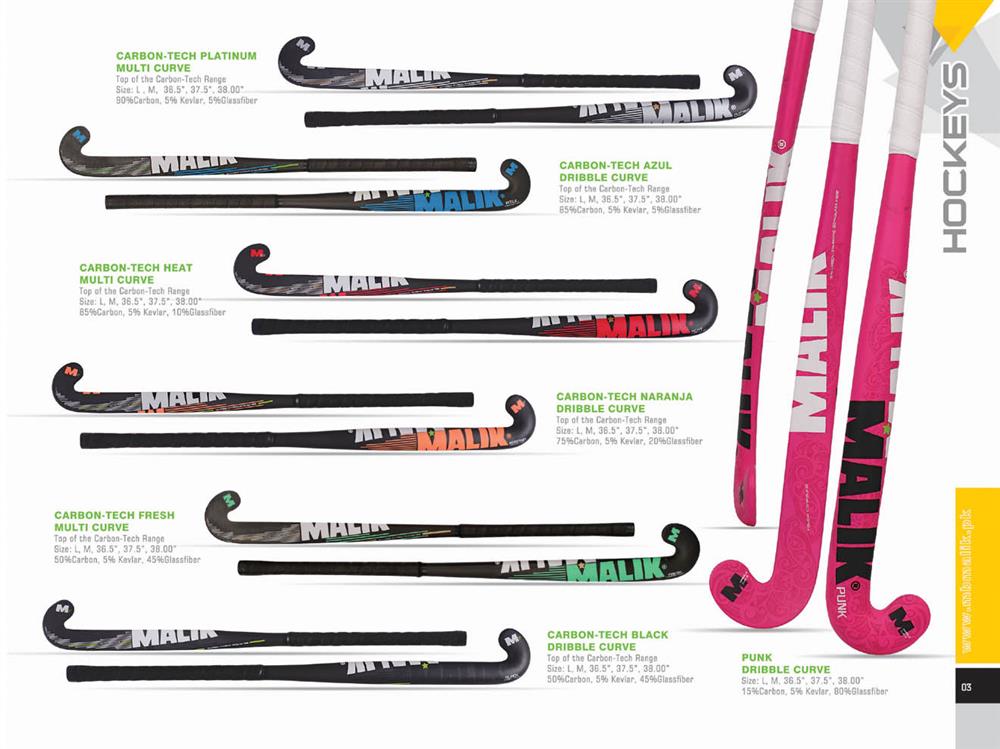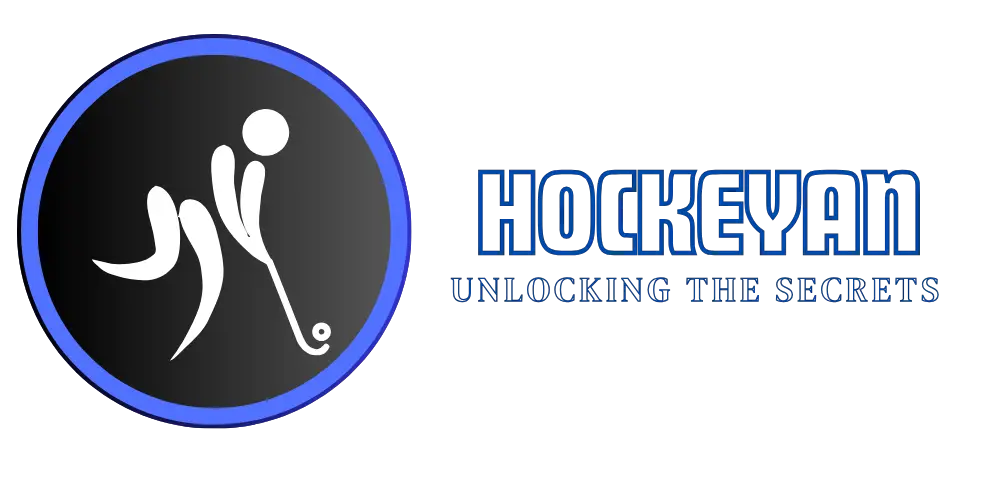Choosing the right field hockey stick is crucial. It affects your performance on the field.
Understanding how to measure for a field hockey stick ensures you play your best. A well-fitted stick enhances control, power, and comfort. It helps you master skills and enjoy the game more. This guide will explain the steps to find your ideal stick length.
Whether you’re new or experienced, proper stick measurement is essential. Keep reading to learn the simple method to measure a field hockey stick for a perfect fit.

Credit: www.networldsports.com
Introduction To Field Hockey Sticks
Field hockey is a popular sport played worldwide. The field hockey stick is the main tool every player needs. Choosing the right stick is crucial for playing well and avoiding injury. This guide will help you understand the basics of field hockey sticks and how to measure for one.
Importance Of Proper Measurement
Correct measurement ensures you have control over the ball. A stick that is too long or too short can hinder your performance. The ideal stick length allows you to maintain a comfortable posture during the game.
Follow these steps to measure for a stick:
- Stand straight with your feet together.
- Place the stick beside you, ensuring the head is touching the ground.
- The top of the stick should reach your hip bone.
Remember, the right stick length improves handling and control. It also helps prevent back strain and injuries.
Common Stick Materials
Field hockey sticks come in various materials. Each has its own benefits and drawbacks. Here are the most common materials:
| Material | Characteristics |
|---|---|
| Wood | Flexible and good for beginners. Provides a natural feel. |
| Fiberglass | Lightweight and durable. Offers a good balance of strength and flexibility. |
| Carbon | Stiff and powerful. Best for advanced players seeking strength. |
| Composite | A mix of materials. Offers a balance of power, flexibility, and weight. |
Choosing the right material depends on your playing style and skill level. Beginners may prefer wood or fiberglass sticks. Advanced players often choose carbon for its power and stiffness.
Determining The Right Length
Choosing the right length for your field hockey stick is crucial. It impacts your performance and comfort during play. This guide will help you determine the best length using two methods: the height-based method and the position-based method.
Height-based Method
The height-based method is the simplest way to choose a stick. It involves measuring your height and matching it to a stick length.
- Stand straight with your feet together.
- Measure from the ground to your hip bone.
- Compare this measurement to a field hockey stick size chart.
Here is a basic reference table:
| Height (Feet/Inches) | Stick Length (Inches) |
|---|---|
| 4’0″ – 4’2″ | 28″ |
| 4’3″ – 4’5″ | 30″ |
| 4’6″ – 4’8″ | 32″ |
| 4’9″ – 5’0″ | 34″ |
| 5’1″ – 5’3″ | 35″ |
| 5’4″ and above | 36″ – 37.5″ |
Position-based Method
The position-based method considers your playing style and position on the field.
- Forwards: Forwards need agility and speed. A shorter stick, around 35 inches, offers better control.
- Midfielders: Midfielders balance defense and attack. A stick length of 36 inches is ideal for versatility.
- Defenders: Defenders need reach and power. A stick length of 36.5 to 37.5 inches provides the needed advantage.
- Goalkeepers: Goalkeepers have unique needs. Consult specific guidelines for goalie sticks.
Remember, these methods serve as guidelines. Personal preference and comfort play a significant role. Test different lengths to find what suits you best.
Choosing The Correct Weight
Choosing the correct weight for your field hockey stick is crucial. A stick that’s too heavy or too light can affect your performance. Here’s how to select the perfect weight for your needs.
Player’s Strength
Consider your strength when choosing a stick. Stronger players can handle heavier sticks. This can add power to your shots. Weaker players should opt for lighter sticks. This allows for better control and quick movements.
Tip: Test different weights to find your comfort zone. You should be able to swing and maneuver the stick with ease.
Playing Style Considerations
Your playing style also influences the ideal stick weight. Forwards often prefer lighter sticks. These allow for faster dribbling and quick passes. Defenders might choose heavier sticks. Heavier sticks provide more power for tackles and long hits.
Tip: Think about your position and style of play. Adjust the weight accordingly to enhance your performance on the field.
| Position | Recommended Stick Weight |
|---|---|
| Forward | Light |
| Midfielder | Medium |
| Defender | Heavy |
By considering your strength and playing style, you can choose the best weight for your field hockey stick. This will help you play better and enjoy the game more.

Credit: www.fieldhockeysticksusa.com
Selecting The Ideal Bow
Choosing the right bow for your field hockey stick can improve your game. The bow affects how you handle the ball. It can also change the way you shoot and pass. Here, we will discuss the different types of bows and their impact on performance.
Types Of Bow
Field hockey sticks come with various types of bows. The main types are:
- Standard Bow: Ideal for beginners, this bow is versatile and easy to control.
- Low Bow: Perfect for advanced players, it offers better drag-flicking and aerial skills.
- Mid Bow: A good mix of control and power, suitable for all-round play.
Each bow type has its benefits. It’s important to choose based on your playing style and skill level.
Impact On Performance
| Bow Type | Advantages | Disadvantages |
|---|---|---|
| Standard Bow | Great for basic skills. Easy ball control. | Less specialized. Not ideal for advanced skills. |
| Low Bow | Enhanced drag-flicks. Better aerial skills. | Harder to control for beginners. |
| Mid Bow | Balanced control and power. Good for all roles. | Not specialized. May not excel in one area. |
Understanding the impact of each bow type helps in making an informed decision. Choose a bow that complements your playing style. This will enhance your performance on the field.
Expert Tips And Tricks
Knowing how to measure for a field hockey stick is crucial. The right stick can enhance your performance and prevent injuries. Here are some expert tips and tricks to help you measure correctly.
Common Mistakes To Avoid
Many players make mistakes when choosing a field hockey stick. Avoid these common errors:
- Choosing the wrong length: A stick that’s too long or short can affect control.
- Ignoring weight: A stick that’s too heavy can tire you out quickly.
- Overlooking material: Different materials offer different benefits. Choose wisely.
- Not considering position: Your position on the field influences the type of stick you need.
Maintenance And Care
Proper maintenance and care can extend the life of your field hockey stick. Follow these tips:
- Clean regularly: Remove dirt and debris after each game or practice.
- Store properly: Keep your stick in a cool, dry place. Avoid extreme temperatures.
- Inspect for damage: Check for cracks or splinters and repair them promptly.
- Use protective tape: Apply tape to the handle for better grip and protection.
Following these expert tips and tricks will help you choose the right field hockey stick. Avoid common mistakes and take care of your stick. This ensures it performs well for a long time.

Credit: www.networldsports.com
Frequently Asked Questions
What Is The Correct Field Hockey Stick Length?
The correct stick length should reach your hip bone when standing straight.
How Do I Measure For A Field Hockey Stick?
Stand straight and measure from the ground to your hip bone.
Why Is Stick Length Important In Field Hockey?
Proper stick length ensures better control and comfort during play.
Can A Stick Be Too Long Or Too Short?
Yes, incorrect stick length can affect your performance and comfort.
How Do I Choose The Right Stick For My Height?
Use a stick length chart based on your height for accurate measurement.
What Happens If I Use The Wrong Stick Length?
Using the wrong length can lead to poor control and possible injury.
Is There A Standard Size For Field Hockey Sticks?
No, sizes vary based on player height and preference.
Can Children Use Adult-sized Field Hockey Sticks?
No, children should use sticks suitable for their height and age.
Are There Different Stick Lengths For Different Playing Positions?
Stick length preference can vary by position, but it’s mostly personal choice.
Conclusion
Choosing the right field hockey stick is crucial for performance. Measure accurately for the best fit. Consider player height and playing style. A well-fitted stick improves control and comfort. Remember, proper measurement prevents injury. Invest time in finding the right stick.
It makes a big difference on the field. Always check stick length and grip before buying. Follow these steps to ensure a perfect match. Happy playing!




